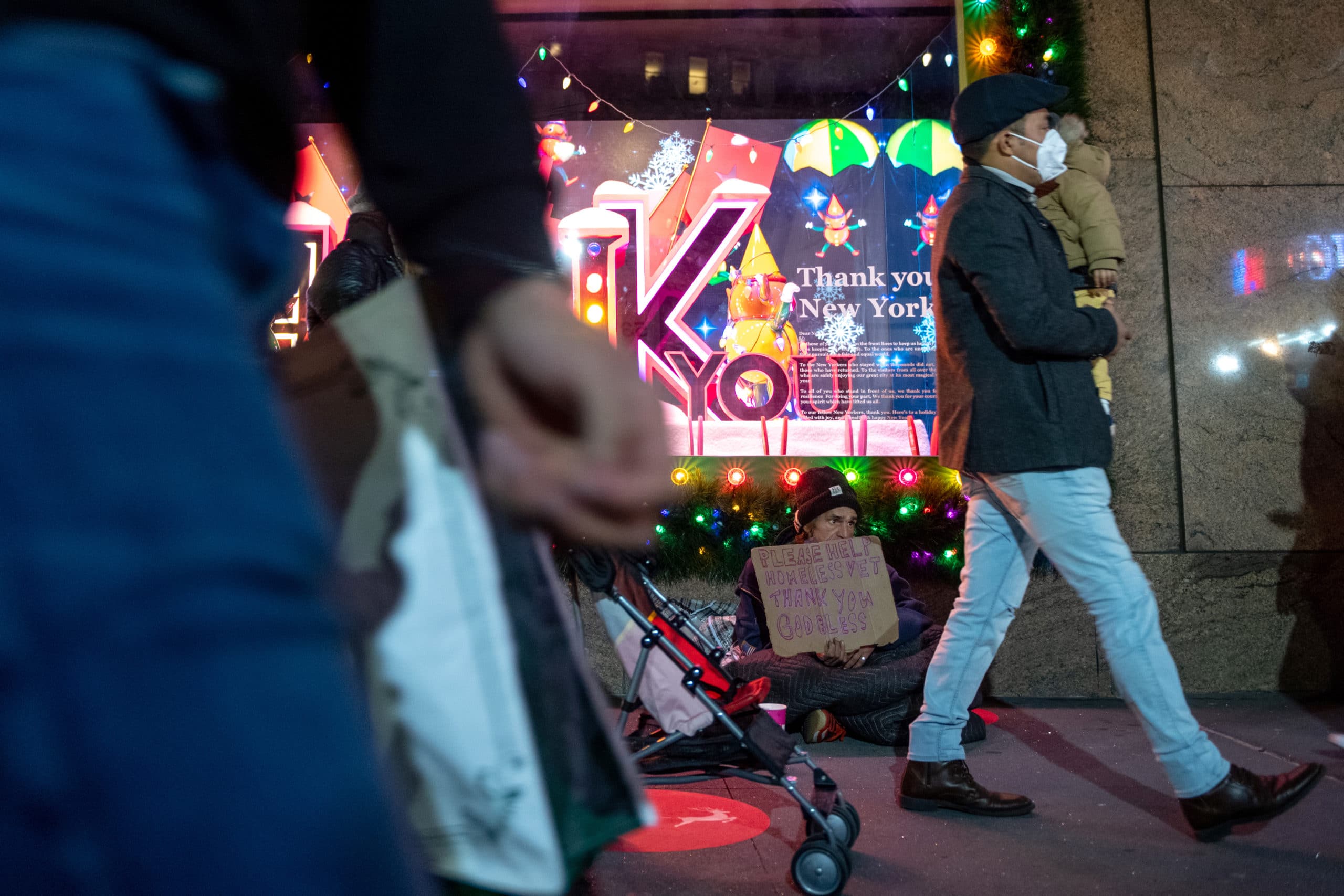TOPLINE As the bull market for stocks rages on and even bests pre-pandemic levels, some American households are bouncing back much more slowly than others, unearthing a pattern indicative of a K-shaped (or lopsided) economic recovery, Goldman Sachs said on Sunday–and without additional fiscal relief, it could take years for employment to fully recover.
KEY FACTS
The biggest driver of the K-shaped recovery taking shape is that pandemic job losses were “highly concentrated in virus-sensitive industries” like retail, leisure and hospitality–all of which disproportionately employ low-wage workers, Goldman analyst Joseph Briggs wrote in a weekend note.
Some companies have turned to technology in an effort to boost productivity in the absence of real workers, and it’s working (which is bad news for American workers): Productivity is up 4% this year despite major job losses, according to Moody’s Analytics, which now estimates the 22 million jobs lost this spring won’t come back until early 2024.
While stimulus measures have helped keep overall disposable income afloat during the pandemic, Americans making less than $30 per hour are feeling the most economic pain.
Slowed wage growth has also been markedly worse for lower-income workers–further contributing to the disparate economic recovery, the Goldman report goes on to say.
Loading...
Goldman projects a lack of new fiscal relief will cause a fourth-quarter decline in disposable income that will hit the bottom 25% of earners “particularly hard,” while also weighing on consumer spending this winter.
The outlook for lower-income workers will get “significantly worse” if Congress doesn’t pass another fiscal stimulus package of at least $700 billion in the first quarter, Goldman notes, adding that additional relief coupled with widespread vaccination could actually help yield a V-shaped recovery, which is characteristic of a quicker, more equitable economic bounceback.
CRUCIAL QUOTE
“The largest pandemic casualties have been less productive industries including retailing, leisure and hospitality, while the biggest winners have been in more productive industries like technology, wholesaling and professional services,” Moody’s Analytics Chief Economist Mark Zandi said in a weekend note, adding that within industries, smaller businesses have fared worse than their larger, more productive counterparts, which are more able to afford large investments in technology and organizational changes. “This is clearest in retail. Tens of thousands of mom and pop retailers have failed and mid-sized publicly traded retailers have filed for bankruptcy, while the retailing behemoths gobbled up market share. They knew those changes would entail difficulty for their labor forces, [but] the pandemic has effectively given businesses cover to make these wrenching changes.”
KEY BACKGROUND
November marked the best month for stocks in over 30 years, but the labor market and other economic indicators are flashing serious warning signs. Despite record-low mortgage rates, higher costs pushed pre-owned home sales down in October for a second month in a row, according to a report from the National Association of Realtors released on Monday, and new manufacturing data showed that production output and new factory orders are also falling as Covid-19 cases surge to new highs nationwide. “Storm clouds are gathering,” George Ratiu, a senior economist at Realtor.com told Reuters on Monday. “This winter could pose an unusual challenge for many people across the country, unless Congress takes significant actions.”
WHAT TO WATCH FOR
Potential relief before January. Goldman says it expects Congress to pass a small fiscal package in December that could extend the expanded unemployment insurance benefits set to expire at year’s end.
TANGENT
Despite highly encouraging vaccine-trial results from Pfizer, Moderna and AstraZeneca in the past month, a “parabolic” surge in the number of Covid-19 infections is threatening to overwhelm hospitals around the country and has already triggered new lockdown measures on businesses. In a note to clients last week, Moody’s said the resurgent virus could stall or even backtrack the economic recovery in the coming months and force another 1.3 million Americans into unemployment.
FURTHER READING
-By Jonathan Ponciano, Forbes Staff
Loading...
